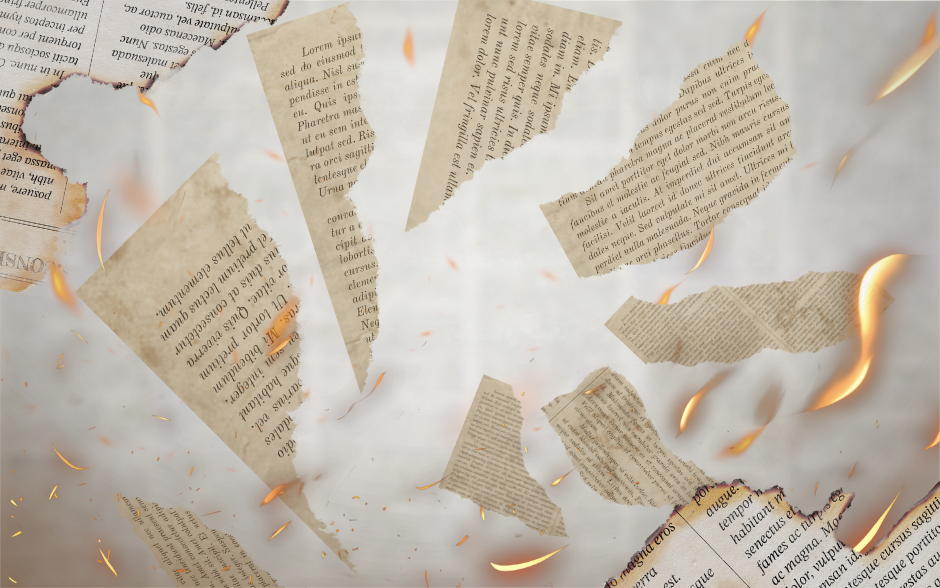
Sarah Moreno
A book ban is often a touchy subject when it comes to what is and is not allowed in schools, but the process of banning books is often not thought about. There is often, if not always, a process that must be gone through in order for a book to be “banned”. In the Atascadero school district there is a long process in order for a book to get banned/removed from a school. This process begins with an individual or individuals who believe a book to be of concern or contain controversial material. They must fill out a form explaining why they are bringing this book into question. This form will then be reviewed by the superintendent, who will gather a group of teachers and members of our community to read and review the contents of the book. They will collectively make a decision regarding whether the book will remain in the school. If they decide to ban the book, it will be removed from the library shelves.
People often confuse book bans, thinking that a book suddenly becomes unavailable to everyone. That is not always the case, especially in the Atascadero school system. When talking about in schools and public libraries, a book ban is when access to a book is taken away. When it comes to the types of books often banned: 59% address grief and death, 40% address substance use/abuse, 38% address empowerment and self esteem, 57% included sex/sex-related topics and content, 44% included characters/people of color, and 39% included LGBTQ+ characters/people. Of the books that are often banned 60% are written for a young adult audience.
When it comes to student education, banning books has many effects on the students. Mr Winther, English teacher at Atascadero High School stated that, “[Book bans] don’t allow the entirety of our country or of our people to recognize the differences and qualities that everyone has when they’re not offered the voice of those people.” When asked how book bans effect what teachers may be able to talk about, Winther shared that it does not affect what they are able to talk about, as long as it is done so in an unbiased way. As well as that all sides must be equally represented without the educator taking side with one or another opinion. “In an English course, where we’re trying to create critical thinkers, we develop an understanding that, you know, these topics need to be discussed.”
There are quite a few books that have been banned in other districts that would be easily recognizable. Looking for Alaska, a young adult novel by John Green (rated for ages 14 and up), was banned in Escondido Union School District in California. This district also banned This book is Gay by Juno Dawson (rated for ages 14-17).
While book bans have just become more talked about in the media, they have existed for quite a long time. In the 1960’s, several institutions decided that Alice’s Adventures in Wonderland and Through The Looking Glass needed to be banned due to the underlying promotion of hallucinogenic drugs. Alice in wonderland is not the only well known children’s book to have been banned. The Wizard of Oz has also been on a banned book list. The book was banned across various US states in the twentieth century due to its strong female character, use of magic, promotion of socialist values, and attribution of human characteristics to animals.
While the Atascadero school district makes it a point to represent as many different cultures and demographics as possible, it is always important to be aware of when other areas ban books. “Stories are so important. Stories are the way that we connect with each other as human beings,” says Ms. Bell, Atascadero’s District Librarian.
If you are interested in learning more about this subject check out some of the resources below:
Pen America
Info on Escondido Union School District’s bans
Books that have been banned and why